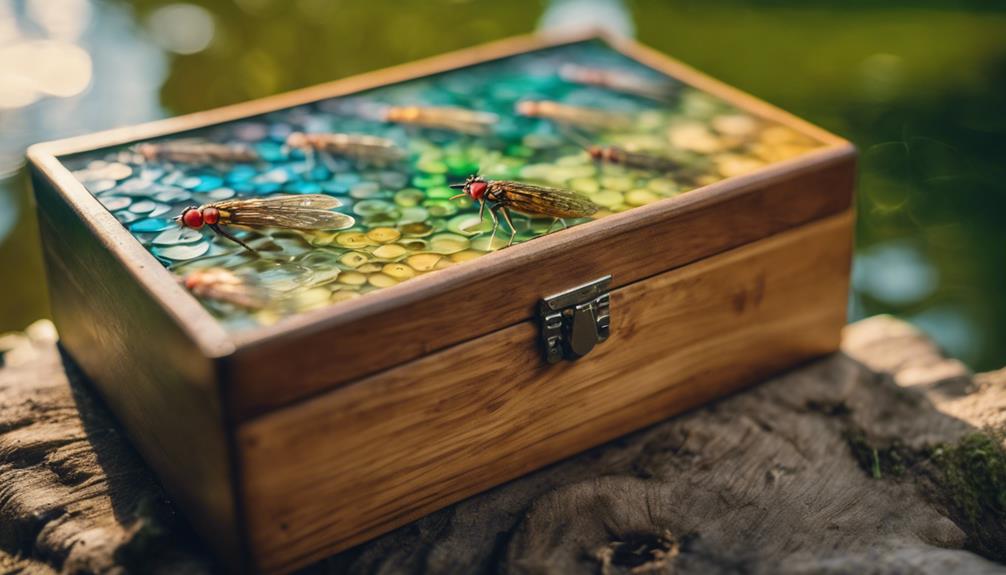Trout fishing is one of the most beloved pastimes for anglers around the world. Whether you’re a seasoned pro or a newbie, understanding when is trout season is crucial to your fishing success. In this detailed guide, we’ll explore the optimal times for trout fishing, the different species of trout, and tips to enhance your fishing experience.
Understanding Trout Species and Their Habitats
Before diving into when is trout season, it’s essential to know the different species of trout. The most common types include the Rainbow Trout, Brown Trout, Brook Trout, and Cutthroat Trout. Each species has unique habitat preferences and spawning cycles, which significantly impact their availability during the fishing season.
Rainbow Trout are often found in lakes and rivers with cold, clean water. Brown Trout, on the other hand, can thrive in a wider range of environments, including both still and moving waters. Brook Trout prefer smaller streams and are often found in higher elevations. Cutthroat Trout are typically located in western waters. Understanding these habitats will help you plan your fishing trips more effectively.
The General Timeline of Trout Season
So, when is trout season? The answer varies by region and specific water bodies, but generally, trout season starts in the spring and can extend into the fall. In many areas, the fishing season opens in late March or early April, coinciding with the warming temperatures and increased insect activity. This is when trout become more active and start feeding after the winter months.
In some states, trout fishing may be allowed year-round in specific waters, while in others, there are designated closed seasons to protect spawning populations. It’s essential to check local regulations to ensure compliance and maximize your fishing opportunities.
Spring: The Prime Time for Trout Fishing
Spring is arguably the best time to fish for trout. As the ice melts and water temperatures rise, trout become increasingly active. During this season, you can expect to see various insects hatching, which means that trout will be feeding aggressively.
Focus on fishing during the early morning or late afternoon when temperatures are cooler, and trout are more likely to be near the surface. Fly fishing with nymphs and dry flies can yield excellent results during this time. Additionally, the spring runoff from melting snow can create ideal conditions for fishing in rivers and streams.
Summer Strategies for Trout Fishing
While spring is fantastic for trout, summer presents its own set of challenges and opportunities. As water temperatures rise, trout tend to seek cooler, deeper waters. During this time, knowing when is trout season becomes crucial for adapting your fishing strategies.
In the summer months, fishing early in the morning or late in the evening is recommended. During the heat of the day, trout are often found in deeper pools or shaded areas. Techniques such as fishing with streamers or using a float rig with live bait can be particularly effective.
Fall Fishing: A Hidden Gem for Trout Anglers
As summer transitions to fall, many anglers overlook the fishing opportunities available. However, fall can be one of the best times to target trout. The cooler temperatures lead to increased trout activity, and they begin feeding heavily to prepare for winter. This feeding frenzy makes fall an ideal time for anglers to catch their limit.
During this season, focus on fishing in the early morning or late afternoon. Streamers and fall insects like mayflies and caddisflies can attract trout effectively. As the leaves change color and the landscape transforms, fishing in the fall offers not just great catches but also breathtaking scenery.
Winter Trout Fishing: Challenges and Rewards
When it comes to when is trout season, winter is often seen as a challenging time for anglers. However, for those willing to brave the cold, winter trout fishing can be highly rewarding. Many experienced anglers argue that fishing during this season requires more skill and patience, but it can yield impressive results.
In winter, trout slow down and become less active, often hiding in deeper waters. Ice fishing is a popular method during this time, and using small jigs or bait near the bottom can be effective. If you’re fishing in open water, focus on slow presentations and be prepared for a slower bite.
Local Regulations and Seasonal Variations
As you plan your fishing adventures, it’s vital to consider local regulations regarding trout season. Different states and regions have specific rules governing fishing seasons, including catch limits, size restrictions, and designated fishing areas. Some locations may have special regulations for certain species of trout, particularly during spawning seasons.
Always check your local fishing regulations before heading out. This not only ensures that you are fishing legally but also helps protect trout populations for future generations. By being informed, you can contribute to sustainable fishing practices and enjoy your time on the water.
Tips for a Successful Trout Fishing Experience
When preparing for trout fishing, there are several tips to keep in mind to enhance your experience. First, invest in quality gear tailored to trout fishing. This includes a good rod and reel, appropriate line, and a selection of lures and baits.
Second, consider the weather and water conditions. Trout are sensitive to changes in temperature and pressure, so being mindful of these factors can increase your chances of success. Finally, be patient and persistent. Fishing can be unpredictable, but with the right knowledge and preparation, you can enjoy a fruitful trout season.
Conclusion: Embrace the Trout Season
Understanding when is trout season and the nuances of trout fishing can significantly enhance your experience on the water. By familiarizing yourself with the various species, their habitats, and seasonal behaviors, you can tailor your fishing strategies for maximum success. Whether you prefer the vibrant spring, the tranquil summer, the picturesque fall, or the serene winter, there’s always an opportunity to catch trout. So gear up, check your local regulations, and get ready to embrace the trout season!
